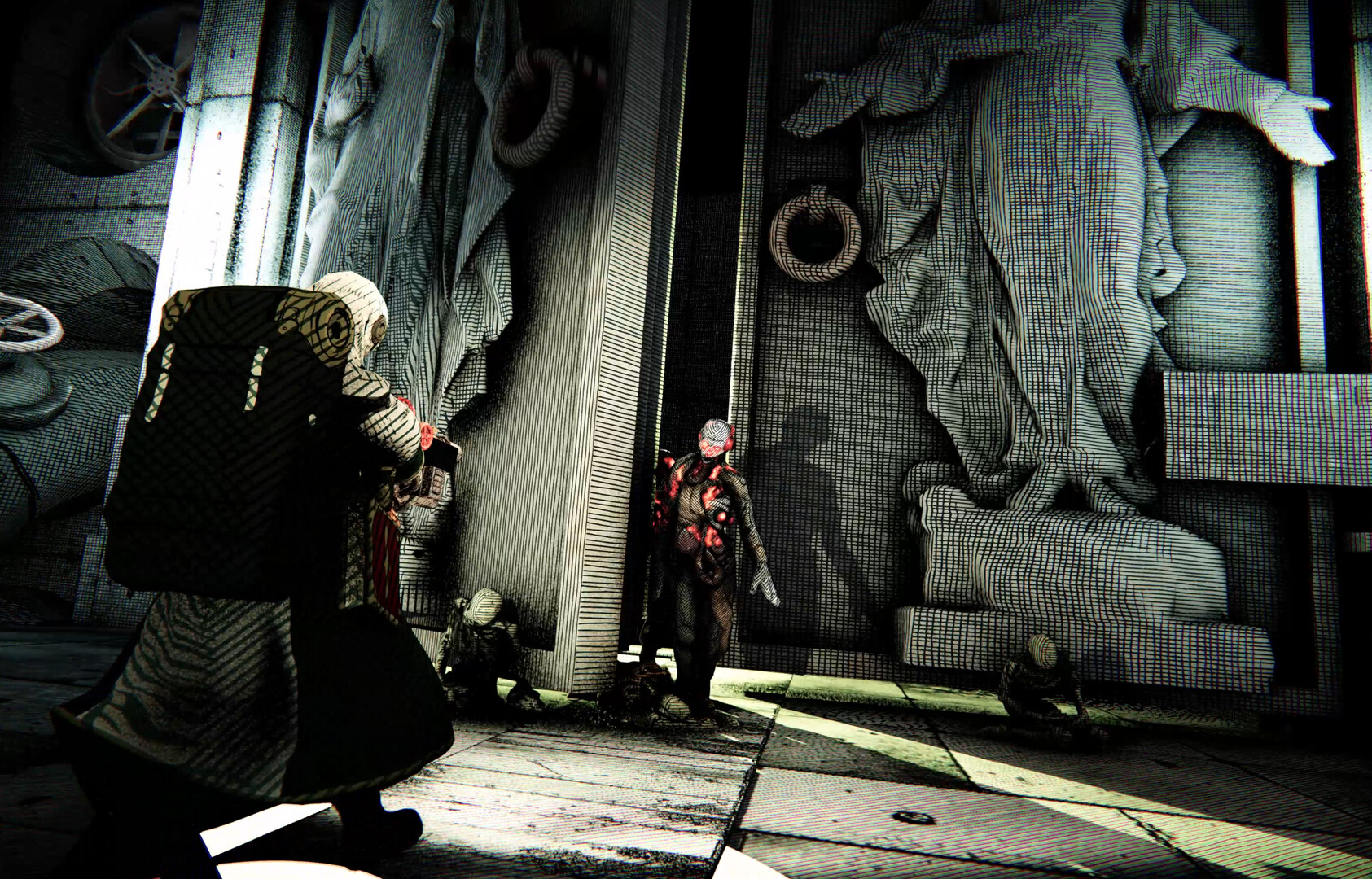The Steam Hardware Survey has become a critical resource for the games industry, allowing curious enthusiasts or practical-minded developers to get a sense of how the average PC gamer enjoys the hobby. To hear Valve senior engineer Jay Stelly tell it in Half-Life 2’s new 20th anniversary developer commentary, the Steam Hardware Survey first came about because Valve itself had no other way of accessing the information.
“During development, we faced numerous decisions influenced by our choice of minimum spec—the least powerful CPU and GPU combination that would still deliver a good experience for customers,” Stelly said in a commentary track located in the level Route Kanal. “In the early 2000s, there was far more variety among GPUs than today, with wide differences not only in speed but in fundamental approaches to rendering.”
That’s something that often seems forgotten when people pine for the good old days of PC hardware: There were exciting graphical breakthroughs all the time, but compatibility was not a given like it is today, with 3Dfx, ATI, Nvidia, 3DLabs, Xabre, and Matrox cards all floating around in the late ’90s and early ’00s and rarely playing nice with every single game. Obsolescence came on much faster as well—you can still get away with a 10-year-old GTX 970 in Dragon Age: The Veilguard. Now imagine trying to run Half-Life 2 on hardware from 1994.
“But at the time, we had no real data on the hardware our customers were using,” Stelly continued. “What CPUs and GPUs did they have? How much RAM? Which version of Windows? We reached out to Microsoft, hoping they might know answers to questions like, ‘How many DX7 cards are in use? Or DX8?’ Unfortunately, they didn’t have the data either.
“Realizing we were at risk of making bad decisions without these insights, we developed an analysis tool that allowed players to report their hardware specs to us, and integrated it into the early version of Steam. The data was so useful that we decided to make it public, launching the Steam Hardware Survey in April 2003. It’s been helping us—and hopefully other developers—make informed decisions ever since.”
The latest Steam Hardware Survey from October showcases a vastly different industry from at the initiative’s inception. Team Red and Team Green are still around, but ATI was acquired and subsumed by AMD while Nvidia is now a world-bestriding AI colossus, its consumer GPU business a quaint afterthought even as it dominates in market share. It’s still a dead heat between Intel and AMD for processors, but ARM is waiting in the wings to potentially overtake x86, and the numbers for core counts, storage, RAM, and clock speeds are all vastly higher. Steam itself is now how most people get PC games, and Linux is finally flexing its muscles as a PC gaming platform—largely thanks to Valve. Gaming on a Mac, well, it’s there.











